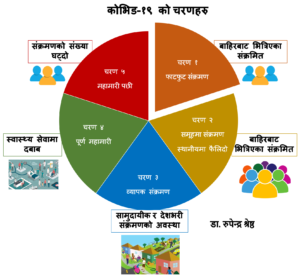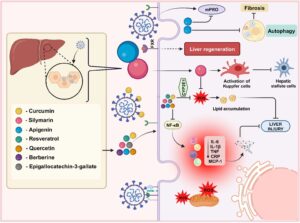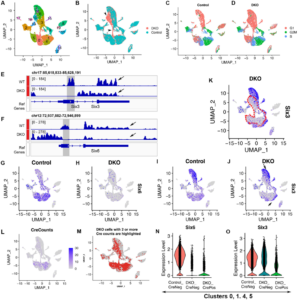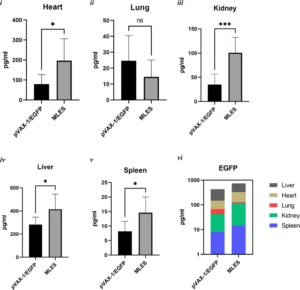Reopening community and living with coronavirus – no other option

स्वास्थ्यखबर |Dr. Rupendra Shrestha
Like other seasonal viral infections, people now have to live with coronavirus (SARS-CoV-2) until the discovery of the vaccine and the availability of drugs. Yeah, does that mean staying at home? Definitely No, let’s live with the virus by ensuring personal hand hygiene, cough hygiene, and retaining social distance. More clearly, go out for routine work, else people will be forced to die because of hunger. Also, the public would still have to suffer from other health issues, economic crisis, altered psychological attitudes, and then function by violence and stealing to sustain life. Due to emergency pandemic alert, lockdown in many countries has been in effect already for 2-3 months and will uncertainly continue worldwide. Still, it’s uncertain how long people would embrace the government advice to “Stay at Home and Work from Home.”
Unfortunately, the SARS-CoV-2 vaccine will not be available any time soon, and I assume it might take at least 12-16months. Even drugs like Hydroxychloroquine and Remdesivir (investigational broad-spectrum antiviral drug) in clinical trials showed some supportive effects, but they are neither 100% effective nor cure the COVID-19. In the row, COVID-19 caused by SARS-CoV-2 shows variability in the severity and symptoms. Such variability is unknown but may be due to high mutation frequency in RNA coronavirus. As such, it can be presumed that the virus can remain as it is, but may have mild human health consequences. People have followed the advice of the government to remain at home, but it has been for a long time. Now it’s time to find the way to live with the virus and go out for routine work.
Why living with coronavirus?
Yet COVID-19 immunity is not known – People with mild or asymptomatic infections may not produce antibodies quickly or to the same level as people who experience more severe disease. This means they don’t have antibody-mediated immunity but could have cell-mediated immunity. Thus, it is difficult to understand the phase they are in. But isolation for 2-3 weeks is a safe bet in any case. It is also unclear how long asymptomatic carriers remain infectious because we don’t know the exact stage of the infection in the individual. Detecting viruses in an individual doesn’t mean the virus is infectious. But it is easier to define the isolation period. So, people can stay home for a few weeks and be asymptomatic for 2 days before going back to work.
Uncertainty over complete recovery from coronavirus – It’s very difficult to say the exact number of days that infected people get fully recovered from coronavirus. Also, it depends on the individual to individual. While in mild cases, it may take a week or even less to recover, but physicians should decide whether to stay in isolation or can go for work. Still, science is in search of the specific drugs and vaccine to COVID-19. It is apparent that even the guidelines of the WHO and the CDC tend to evolve over time as new findings are published. None have an exact answer about how long this virus will remain with us and how it is going to affect the community.
What reopening is essential?
Reopening the essential business – Important commercial businesses should be allowed to remain open to the public while maintaining the mitigation regulations. These include grocers, pharmacies, oil stations, financial institutions, maintenance/repair spaces, post offices, etc. Employees, including law enforcement personnel, emergency services (fire brigade and ambulance), construction/repair personnel, laboratory researchers, janitorial and custodial staff, need to be at their workplace to perform their job duties. All other entertainment and recreational centers (gym, yoga) should remain close until further notice from the government is given.
Reopening groceries, markets, and pharmacies – As close contact is the main form of virus transmission, so we can’t exclude the possibility of infection to the people from public spaces, markets, and pharmacies. But the probability is very low. Everyone should practice essential precautions, like hand hygiene and cough hygiene, when encountered with people or while visiting markets. People should be allowed to go out and live a healthy lifestyle, but at the same time, remember the guidelines and maintain social distance.
Reopening of academic institutes – While academic institutes can’t be closed forever, authorities need to find a good balance. In the meantime, the governmental and institutional authorities need to function and weigh in the negative impact of the closing school. A few researchers have suggested that SARS-CoV-2 infection is moderate in children. No cases of children with severe infection who needed hospitalization and intensive treatment have been recorded. But, to confirm rates of infection in children, more data are still required.
Government and public health authorities can execute the plan to reduce the risk, but it is impossible to completely eliminate the risk of COVID-19. For this, recognizing the phase of infection in the country helps to decide the reopening of the society or nation. I revisited the appropriate phase of COVID-19, and currently, Nepal is in phase 2 (चरण२), as shown in Figure.
Figure: Five phases for COVID-19 epidemic in Nepal (नेपालमा कोभिड-१९ महामारीको लागि पाँच चरणहरू)

It is not possible to keep the country on lockdown waiting for the discovery of vaccines or medicine against novel coronavirus. It’s the responsibility of the nation to find a way to live with a new virus. Some concerns for careful planning to reopen society and rebuild the economy of Nepal are highlighted below,
Test suspected to detect virus, track how the virus is spreading, and isolate and quarantine infected individuals in hospitals or designated facilities with necessary care and treatment.
Monitoring and surveillance to ascertain the country’s present mitigation levels.
Safeguarding and supporting medical professionals and members at high risk of serious illness.
Encourage safe personal hygiene, such as hygiene of hands and coughing.
Stockpile enough resources to support safe hygiene habits, including soap, alcohol-based hand sanitizer, and tissues.
Educating and reinforcing the use of face masks and gloves to all public.
Make signs of social between 3-6 meters to stand in a queue in banks, markets, and pharmacy and ensuring to restrict groups.
Thoroughly clean and disinfect commonly touched surfaces like doorknobs and other appliances in public spaces.
Implement routine health checks, such as temperature screening, upon arrival.
Posting leaflets in public places on how to stop COVID-19 spread.
Besides this, science/health correspondence has to alert the public about the transmission of the viral outbreak and maintain openness through credible media sources. If not, pseudoscience will take place, such as the use of cow urine, injection of disinfection solution, cocaine use suggested as COVID-19 Cures. But are not limited to wellness gurus, superstitious power in the name of goddesses, and alternative-medicine practitioners push as a hoax way for treatment – all guff.
-Dr. Rupendra Shrestha
Clinical Molecular Geneticist
Post-Doc, Department of Genetics,
Albert Einstein College of Medicine, NY, USA









